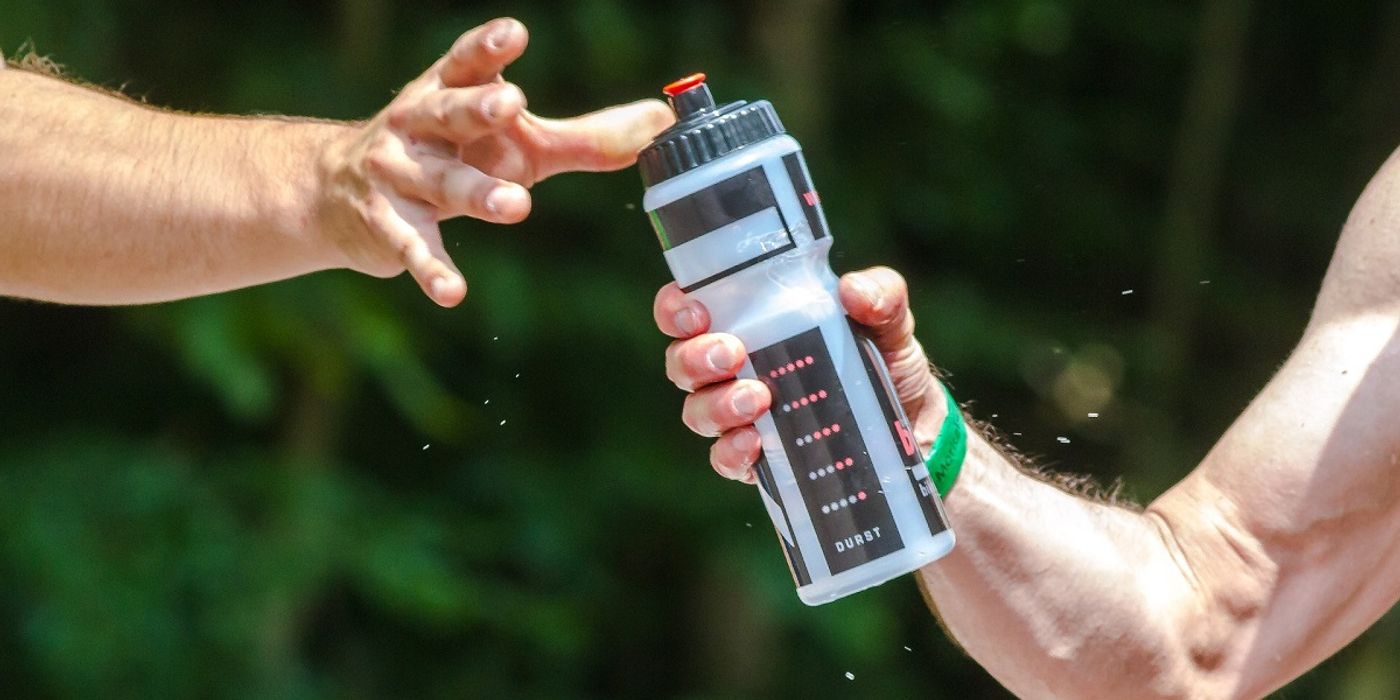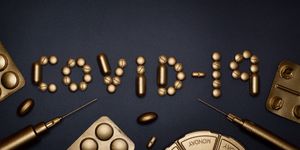Thousands of Chemicals Migrating from Plastic Bottles into Water
While we have known for years that plastics can leach chemicals into our food, especially when heated, we still use plastic food and drink containers regularly because of their convenience. Generally, people are aware that plastic packaging may not be good for our health, but specifics are hazy. Bisphenol A (BPA) is a commonly found chemical in plastic that has been proven to have negative health effects on many animals, including humans. And while some people have attempted to change their habits and use BPA-free plastic or “food grade” plastic, studies continue to find that BPA substitutes and many other unknown chemicals in plastics may also have negative effects.
A new study tested the migration of chemicals from different water bottles into drinking water over 24 hours. The scientists used two types of bottles that had been actively used for approximately a year, two each, and two bottles that were brand new. All the bottles were made by the same brand, but produced in different years. They tested them as brand new bottles with water stored for 24 hours after one rinse. Then they also tested all the bottles washed in the dishwasher, then filled with water. For the final experiment, they rinsed all the bottles fives times and again filled them with water for 24 hours. Samples of water were analyzed with liquid chromatography and high-resolution mass spectrometry.
The dishwasher-washed bottles led to the highest number of water contaminating compounds, more than 3500, though some of those were able to be washed out with subsequent rinsing. More than 400 plastic-related chemicals were leached into the drinking water under different conditions. Most of the detected chemicals were plasticizers, antioxidants, or photoinitiators. Photoinitiatiors can be dangerous chemicals because they can create reactive molecules like free radicals that can do cellular damage. But most of the compounds have not been explicitly tested for health outcomes in these small ingestion doses in humans. These kinds of chemicals are surely not only changing our food and water, but our entire environment, and we can’t yet tell what kinds of future effects they may have. Metal and glass bottles might be better than using even supposedly "food grade" plastic bottles.
Source: Journal of Hazardous Materials, Medical Research Archives, Photoinitiators Platform, Journal of Pharmacy and BioAllied Sciences, Chemosphere









